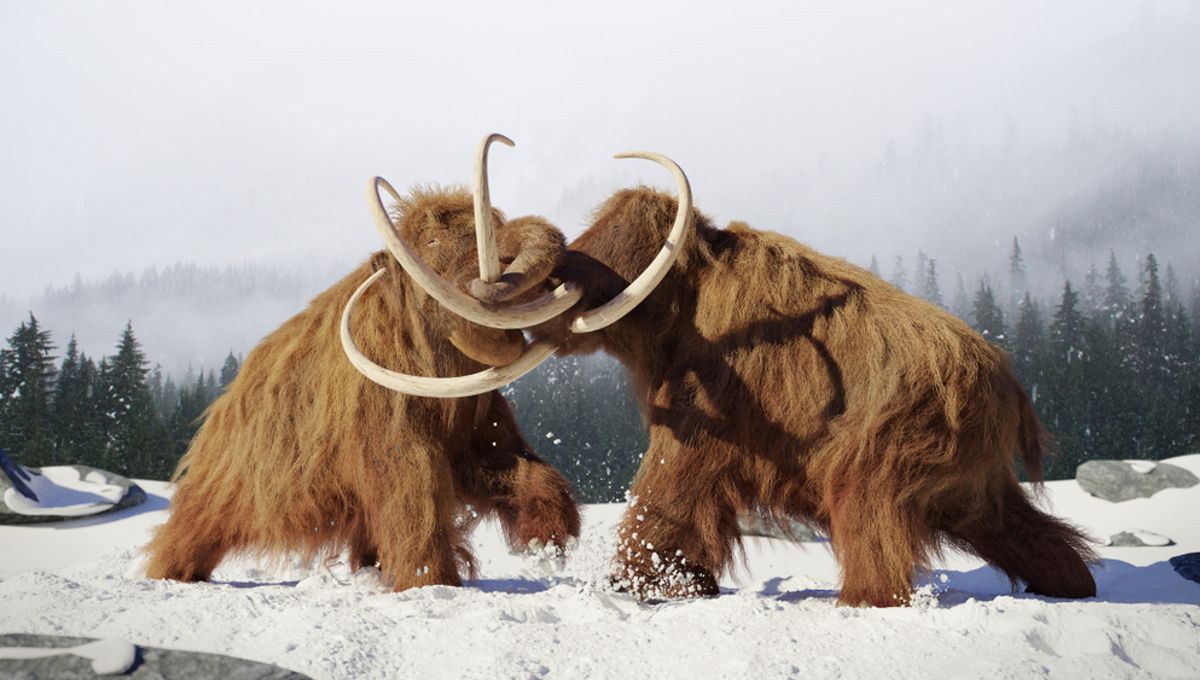
The world is inching ever closer to climate catastrophe as humans continue to destroy habitats, pollute oceans, and pump greenhouse gases into the atmosphere. As things stand, the world’s animals face the full force of the damage. Species are going extinct at a rapid rate, and while many scientists toil away at trying to stem the causative issues, others are looking toward more abstract methods to prevent animals from ever truly dying out.
One such method, dubbed “de-extinction”, has seen scientists attempt genetic cloning of ancient DNA to resurrect species that have previously gone extinct. With scientists recently announcing the Tasmanian tiger will be the first animal to be “returned to life”, even the CIA has begun dipping its toes into the technology. According to their portfolio, the CIA’s venture capital firm has joined other high-profile investors in pouring money into the de-extinction company Colossal Biosciences.
But while other companies set their sights on smaller animals, Colossal Biosciences are jumping straight to the old elephant in the room: the company plans on using CRISPR gene editing to “see the Woolly Mammoth thunder upon the tundra once again”. That’s right, they’re trying to bring back the Woolly Mammoth.
That isn’t to say the company won’t be pursuing other animals too, as they have also announced efforts to resurrect the Tasmanian tiger, but a mammoth may present a different challenge.
According to Colossal, the end result won’t technically be a Woolly Mammoth, but rather a carbon copy of the mammoth in the form of a cold-resistant elephant. It will then be returned to the core habitat of mammoths and restore the Mammoth Steppe, once the Earth’s most extensive biome. Restoration of the biome and related conservation efforts are then hoped to prevent the melting of the arctic permafrost, thus avoiding the release of vast quantities of methane trapped within.
It’s a mammoth task, and one with very little precedent so far. Colossal claims to “have the technology”, but CRISPR is most often used to modify specific, single-target genes within the genome, and even that comes with its own complications. To use the same technology to introduce an entirely new set of characteristics would be a landmark feat.
But what does the CIA want in all of this?
Unless they intend on riding them into battle, In-Q-Tel, the nonprofit venture capital firm funded by the CIA, has an answer. In their own in-depth commentary, the company states the investment is less about the animals in question and more about the capabilities of the technology.
The government wishes to have eyes and ears on the latest advances in biotechnology, as the resurrection of an extinct species would mark a technological leap with implications across everything from conservation to medicine. Such technology could shape ecosystems through the re-introduction of organisms, a form of ecological engineering that may form part of the national disputes of tomorrow.
Source Link: CIA Is Investing In Mammoth Resurrection Technology, But Why?